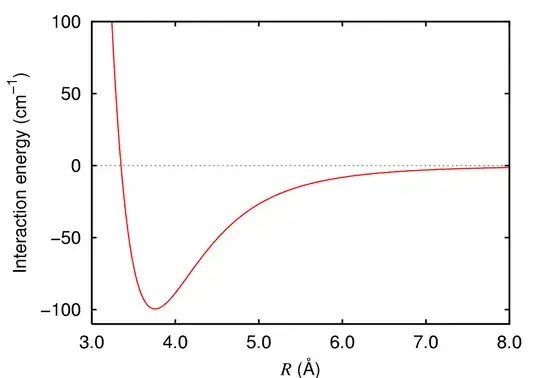This question is unanswerable and too hypothetical. Nevertheless, trying and failing can elucidate some principles.
- The title "scalar QED". Once you bring in QED, as decidedly not scalar theory (spinors and vector boson), there is nothing that can be done, and if we did something: it would not be renormalizable, so our results would be meaning less.
So let's just say charged particles.
- but, you mentioned nucleons. Peruse http://www.scholarpedia.org/article/Nuclear_Forces and you should convinced to avoid nucleon--I mean the interaction isn't even a central force.
so let's chose an exotic atom, maybe a mix between anti-muonium and positronium: bind an $e^-$ to a $\mu^+$.
Ofc muons are unstable, but their lifetime is long on the some of the atomic timescale. Or we can just "turn-off" the weak interaction, in which case they are stable and only interact with electrons via EM.
And we make them spin zero. If we make the photon scalar too, we can go in with Coulomb atom plus corrections.
Since hyper-fine structure is cause by nuclear spin, we can chuck that.
Fine structure is tricky. Walking through https://en.wikipedia.org/wiki/Fine_structure, we have:
Kinetic energy relativistic correction
We're still going to have this. If we turn off relativity, we turn off the Spin-Statistics Theorem, which cancels the Pauli exclusion term.
So we pick up an:
$$ H' = -\frac{p^4}{8m_e^3c^2} $$
Probably $m_{\mu}$ is large enough that it doesn't need a correction. If it does, make it a tau.
Spin–orbit coupling
Well, there's no spin, and we made EM a scalar theory: no magnetism, none of this stuff.
Darwin term
This is tricky. It's non-relativistic, but is derived from decidedly spinor Dirac equation. It looks like:
$$ H_{Darwin} = \frac{\hbar^2}{8m_e^2c^2}
4\pi
\big(\frac{Ze^2}{4\pi\epsilon_0}\big)\delta^3(\vec r) $$
So a delta function at the origin. I think this is a result of the Pauli Exclusion principle via the Dirac eq, but maybe not. Let's chuck it.
So we have two scalar boson hydrogen-like atoms, with the $S$ shell holding infinity electrons.
How do they interact? Is there a Van der Waals force, maybe?
But if we have a bunch of them, they can all be in the same state, so the answer to your question is "yes".
But what does that mean? An atom is a Bohr radius in size, about
$$ a_0 \approx 50,000\,{\rm fermi}$$
Meanwhile, a nucleus is
$$ R_p \approx 1\, {\rm fermi} $$
(ofc, we have a point nucleus here), but an electron has a Compton wavelength
$$ \lambda_C = 2\pi\alpha a_0 \approx 2,400\,
{\rm fermi}$$
so you can't even localize two electrons to the same position on the scale of a nucleus.
Edit: thanks to Rd Basha for the comment. I'm adding the reply here b/c I want my fitty:
So we got scalar structure less charged colorless particles? The localized nuclei is where the strong field it, and they would scatter in the standard manner with zero phase space for =0, but not for $<_$--so what does pass through even mean? If they are identical would they be in a symmetric wave function? Yes--then they wouldn't even have identity, so and channel are indistinguishable, there is no "atom 1" and "atom 2". Like I said: too hypothetical, but this is PSE, where it's OK to entertain silliness, since it can elucidate seriousness.
PS: I don't care about scalar QED's renormalizability. It's irrelevant to the question, but is relevant to the class of questions, which is, "non-physical hypotheticals".
